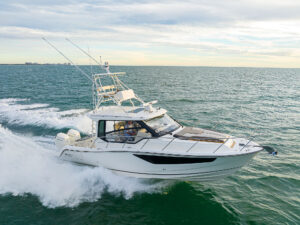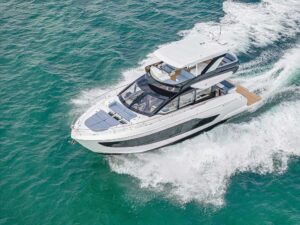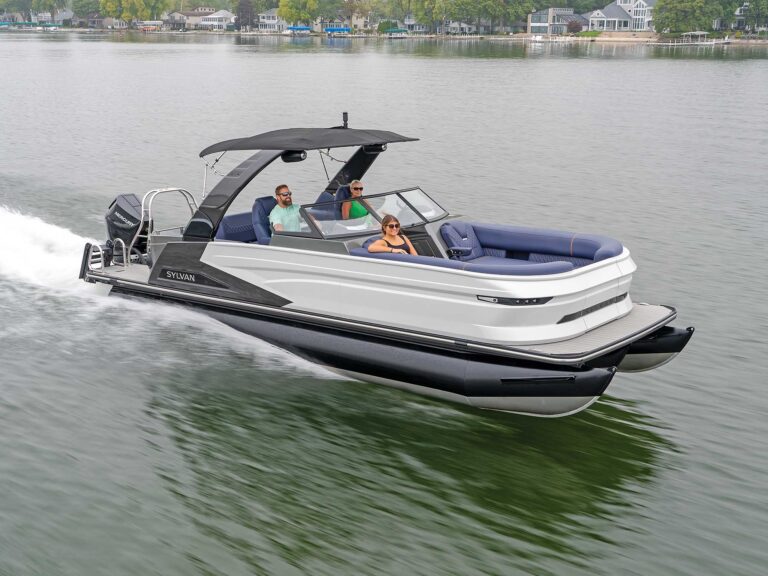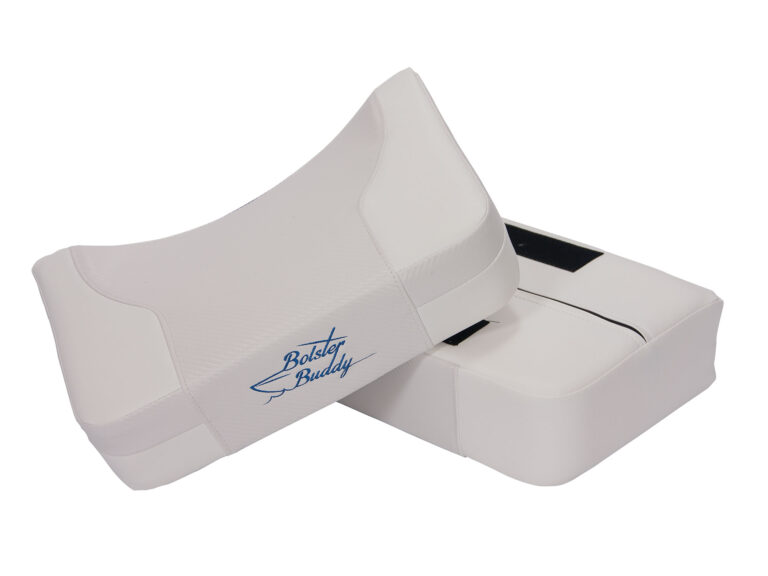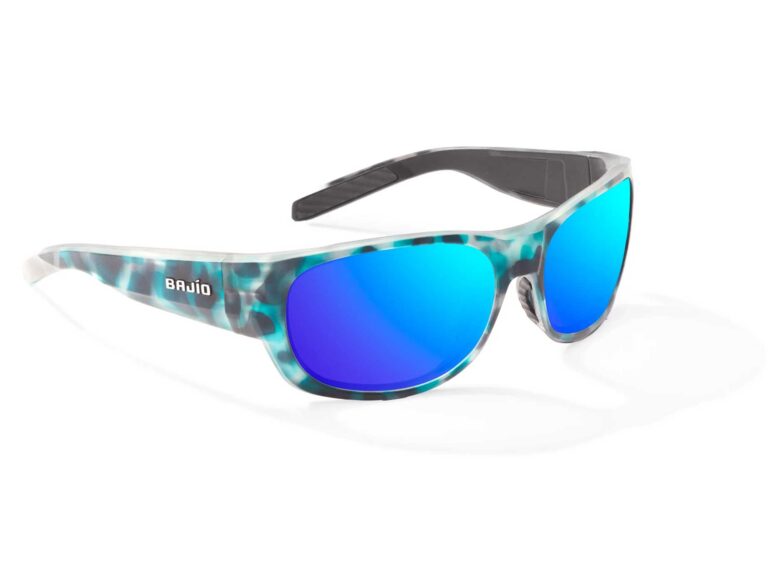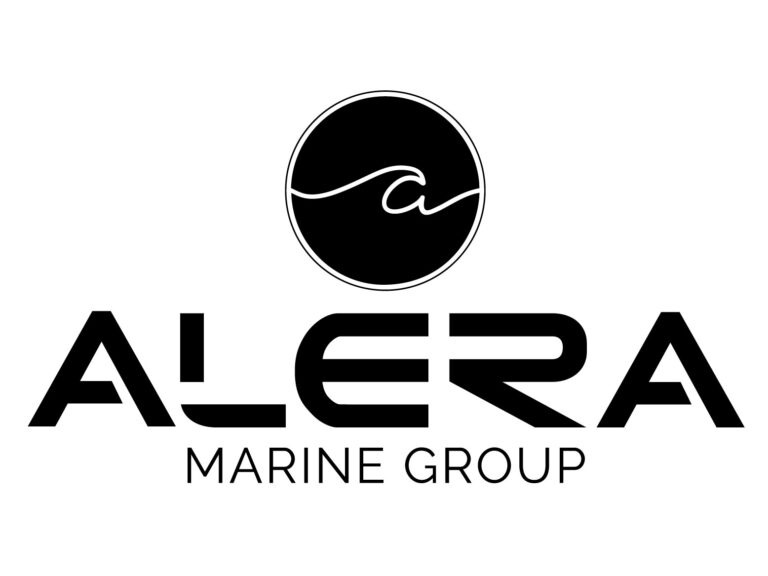
As winter approaches, most boats go undercover. Some spend the downtime in garages, sheds and barns. Others head to warmer climes and stay in service. But the bulk of boats going into winter storage (or long-term storage for any reason) get covered in one of three ways: a tarp, shrink-wrap or a fitted boat cover. Which cover solution is best for you? Consider these pros and cons.
Tarps
The cheapest way to cover a boat is with a polyethylene tarp. The common blue tarp is the least expensive and the least durable. More durable brown or silver tarps cost more. A silver tarp’s reflectivity keeps temps lower in hot climates.
Tarps are rectangular, so they rarely fit a boat well. Many knots, bungee cords and duct tape are used to keep out the weather. This also means getting into the boat to perform preseason tasks is difficult. Usually, some sort of internal frame or support must be devised to keep the tarp shaped so that rain and snow run off. Poly tarps degrade in sunlight; expect no more than three years of use, even in northern climes. Tarps are not good for moving boats long distances over the road.

Shrink-Wrap
DIY boaters can shrink-wrap, but most have a boatyard do it for them. Shrink-wrap costs more than a tarp but will stand up to the most severe weather. Various colors and grades of durability are available.
Shrink-wrap fits snugly, and inexpensive strapping usually provides the support needed to span open spaces, such as a cockpit or between the windshield and bow. Rain and snow run right off and won’t puddle on or collapse a shrink-wrapped boat. Doors and vents can be added to shrink-wrap, and it will stand up to long distances at highway speed. A downside is that it is single-use. I know some boaters who have carefully removed shrink-wrap and reused it for a few winters as a fitted cover; generally, this not possible or advisable.
Read Next: Three Things to Know Before Buying A Boat Cover
Fitted Cover
Companies such as Classic Accessories (classicaccessories.com), National Boat Covers (nationalboatcovers.com) and Taylor Made (taylormadeproducts.com) offer what I call fitted covers. These are more expensive upfront than shrink-wrap but can last for eight to 10 years, maybe more. Most are made to fit a boat type, such as a center-console or cuddy cabin with a hardtop or a cabin cruiser. However, some popular boat models have covers that fit like a custom cover. Also, fitted covers are offered in various material grades. Ask about these things when shopping, especially if you live in a snowy climate or plan on using the cover for long distances at highway speeds.
A fitted cover might require some support in the boat—telescopic poles are common—to keep it peaked so precipitation runs off. It’s relatively easy to get under a boat cover for DIY work without ruining the cover’s integrity. You may need to recoat a fitted cover with a waterproofing or UV-resistant treatment during your ownership. A fitted cover is a valued boating accessory, unlike a tarp or shrink-wrap.

